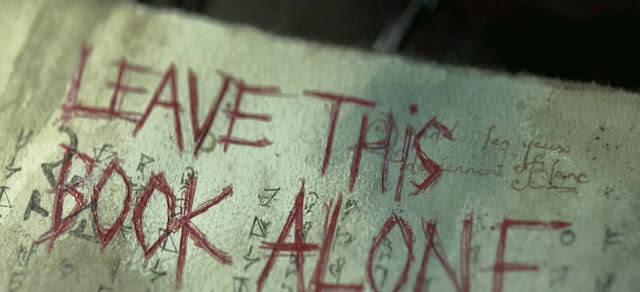The Black Dreams: Strange Stories from Northern Ireland
With its title echoing Louis MacNeice’s poem 'Autobiography' (When I was five the black dreams came / Nothing after was quite the same), this anthology of Weird fiction from Northern Ireland brings together new and established literary voices, and weaves together the modern and the Gothic. The stories present a Northern Ireland that is by turns recognisable, yet oddly unknowable; a place of bewitching stories, strange secrets, and where the eerie softly encroaches upon the everyday, the mundane, the domestic. An in-between place, a purgatorial place, internalised and unstable, nothing here is as it seems. Stories unfold in uncertain realities and are told by unreliable narrators. Streets trod countless times in real life are rendered unfamiliar, homes and havens harbour dark secrets, family and neighbours become strangers, and past actions and words seep deeply into the landscape to leave spectral traces of those who have gone before. A dreamlike essence pervades, beautifully enhanced by the ambiguity that drifts throughout the stories: what is real, what is imagined?
In his introduction, editor Reggie Chamberlain-King sets the tone (I don’t recall if I saw my first gunman in my childhood nightmares or on my childhood streets. There were plenty in both and they looked very much like each other) as he explores the rich influence of Northern Ireland on the writers whose work features here, with its troubled history, contentious social customs and rich culture of storytelling and folklore. He references the work of previous Northern Irish writers and their contributions to Weird fiction – including Forrest Reid, Stephen Gilbert, Rosa Mulholland, and Charlotte Riddell – shedding light on underappreciated literature and carving out a long overdue niche for Northern Irish writers in the pantheon of the literary Weird.
While the stories all possess a quiet, unsettling power, there is also a strong emotional current throughout, and as poignancy emerges from the darkness it packs a truly potent punch. Stories such as Aislínn Clarke’s ‘Redlands’ and Jan Carson’s ‘The Leaving Place’, which has been shortlisted in the Irish Book Awards, feature characters dealing with grief, regret and unspeakable loss. Jo Baker’s ‘Original Features’ ushers us into Shirley Jackson territory as the manifestation of a spectral doorway haunts a family throughout their lives. Michelle Gallen’s unsettling ‘The Tempering’ addresses trauma and child abuse as the young narrator assembles a makeshift father from bones unearthed by the family dog in the back garden. Emma Devlin’s redolent ‘The King of Seatown’ intertwines personal trauma with the tragic spectacle of beached whales and the all-consuming power of the sea. Elements of folk-horror course through Chamberlain-King’s tale of two missing girls from neighbouring towns, conveyed (in a nod to the Irish tradition of oral storytelling) through the recollections of several townspeople, while Bernie McGill’s ‘A Loss’ tells of ‘the secrets people keep, for themselves, and for others, [and] the small quiet lives that they continue to live out until the end of their days’. Elsewhere, stories such as Sam Thompson’s post-apocalyptic ‘Silent Valley’ and Ian Sansom’s ‘The Black’ conjure full-on horror in their explorations of psychological tailspins.
The Black Dreams (The Blackstaff Press, 2021) is a rich, haunting and compelling collection, not only showcasing the work of immensely talented writers, but also providing an evocative examination of Northern Ireland through a rare and unusual lens.



